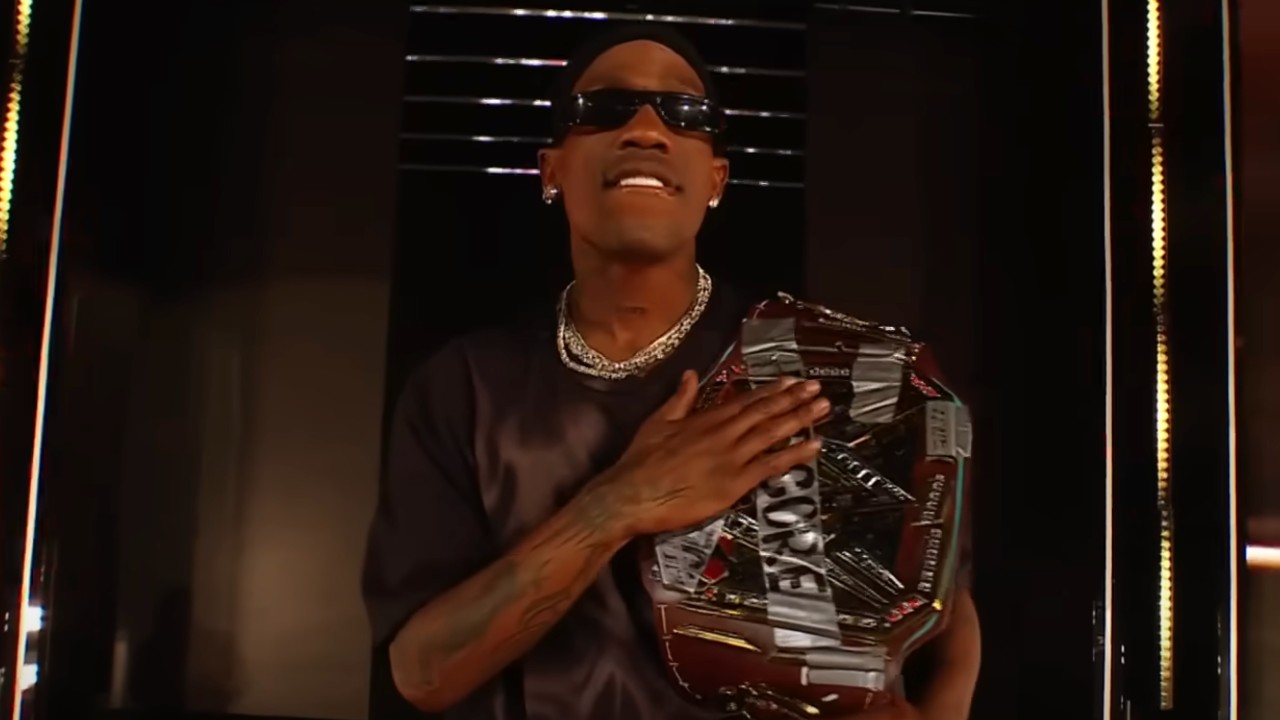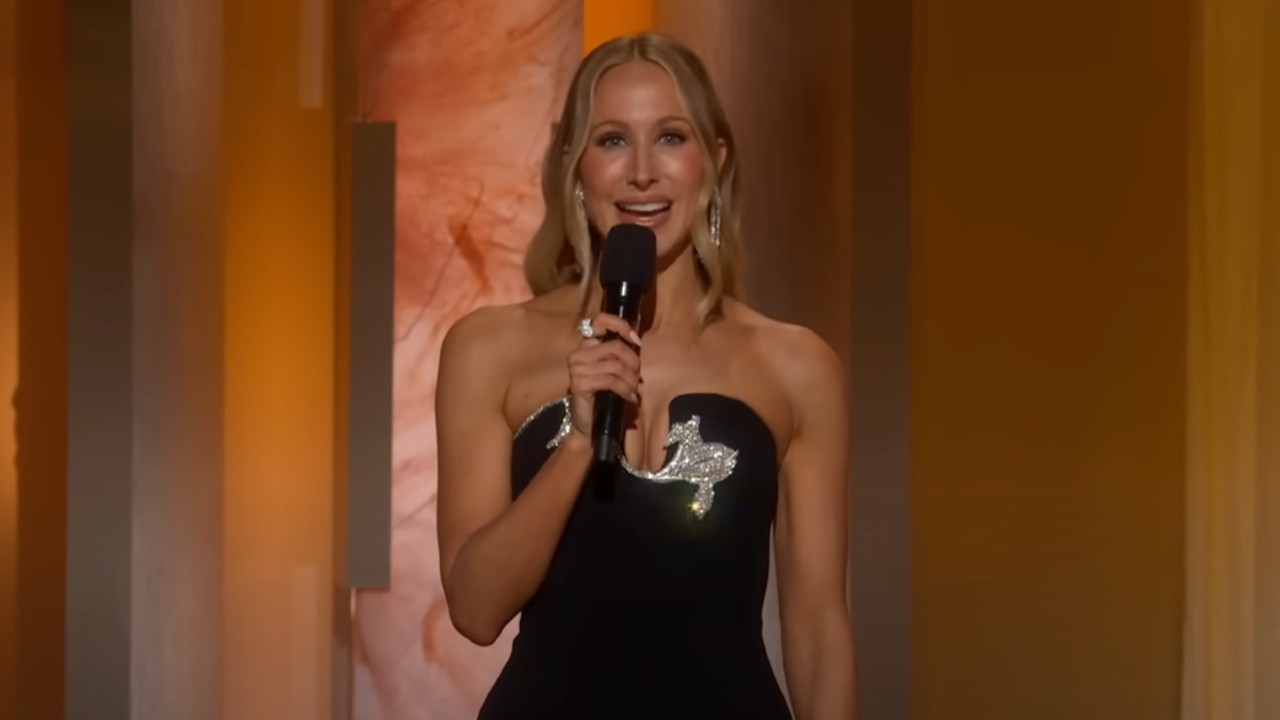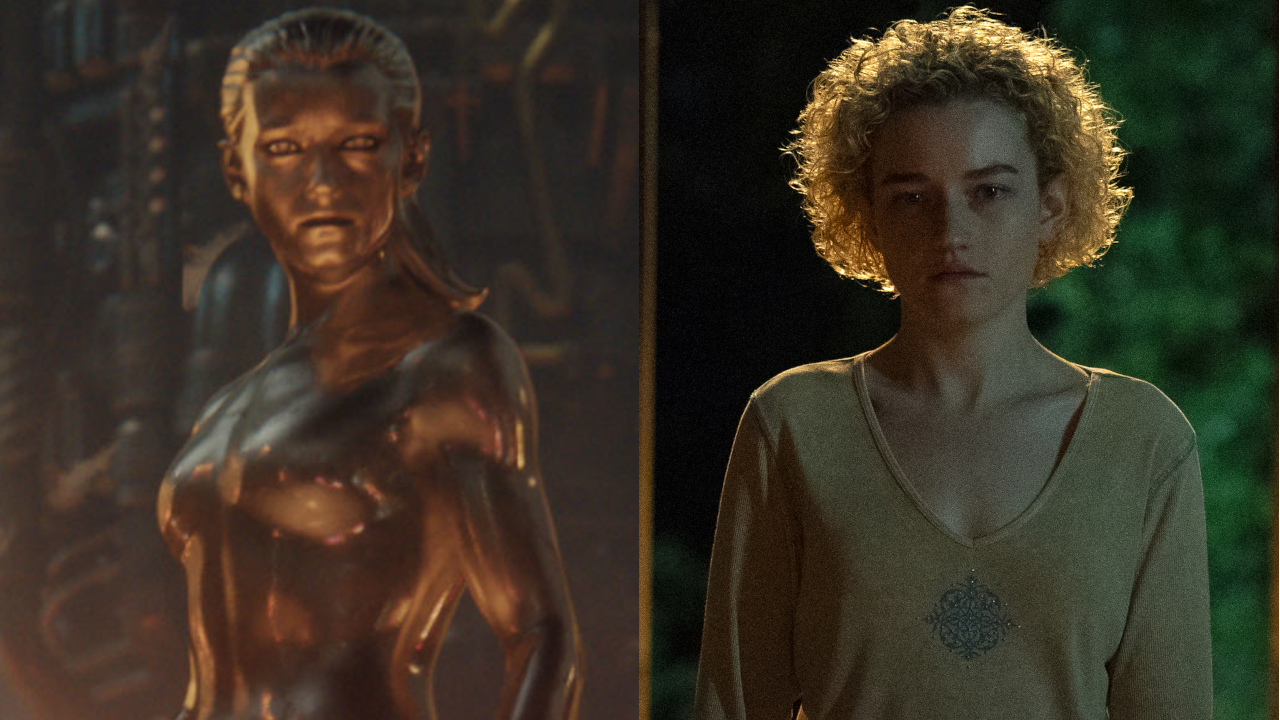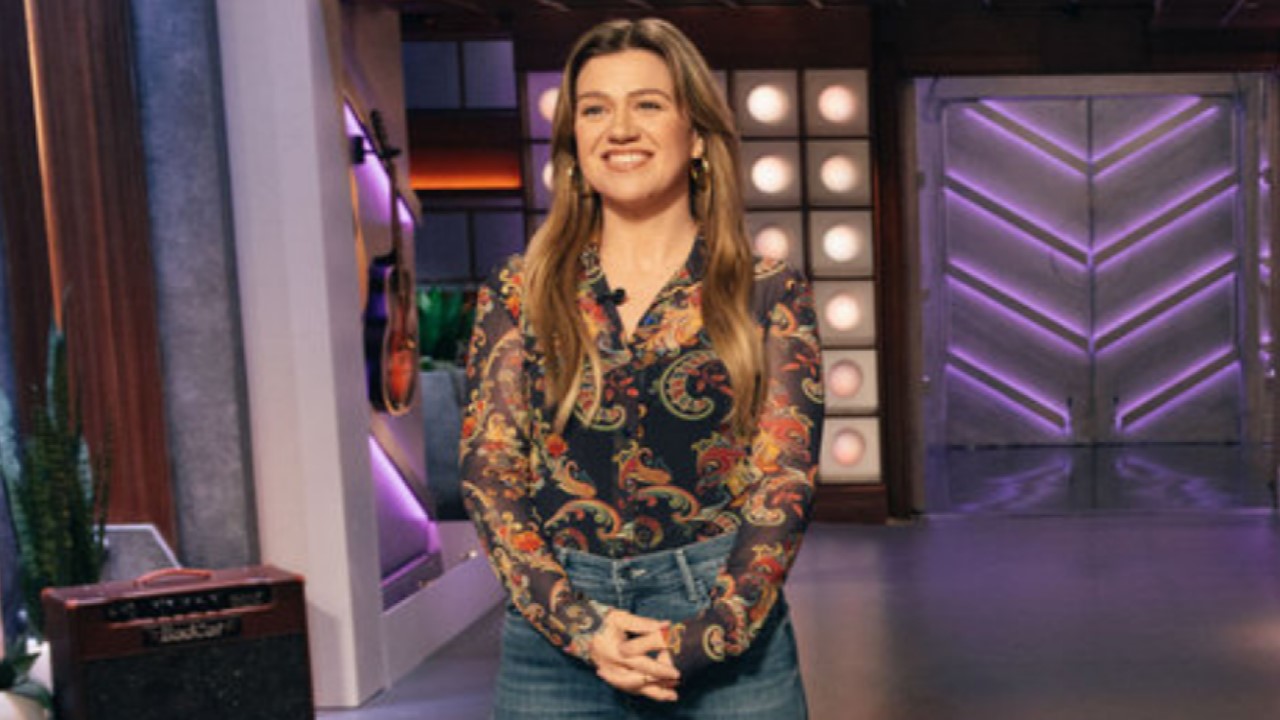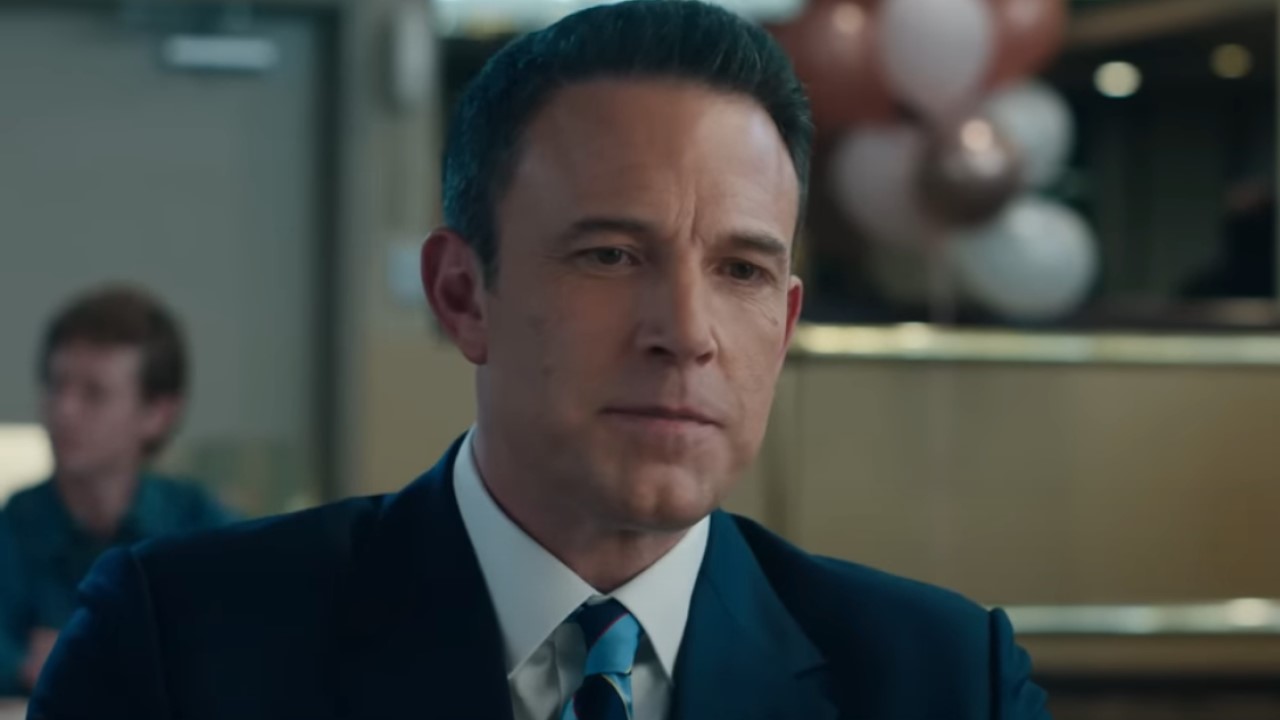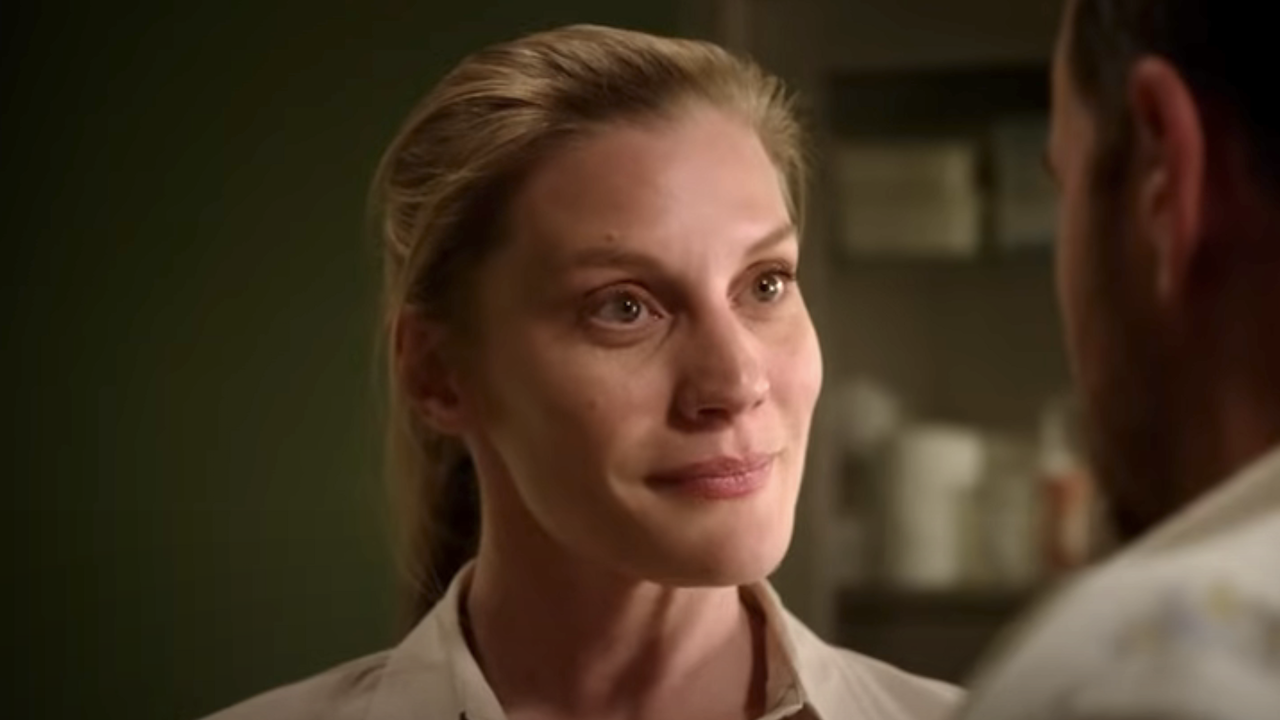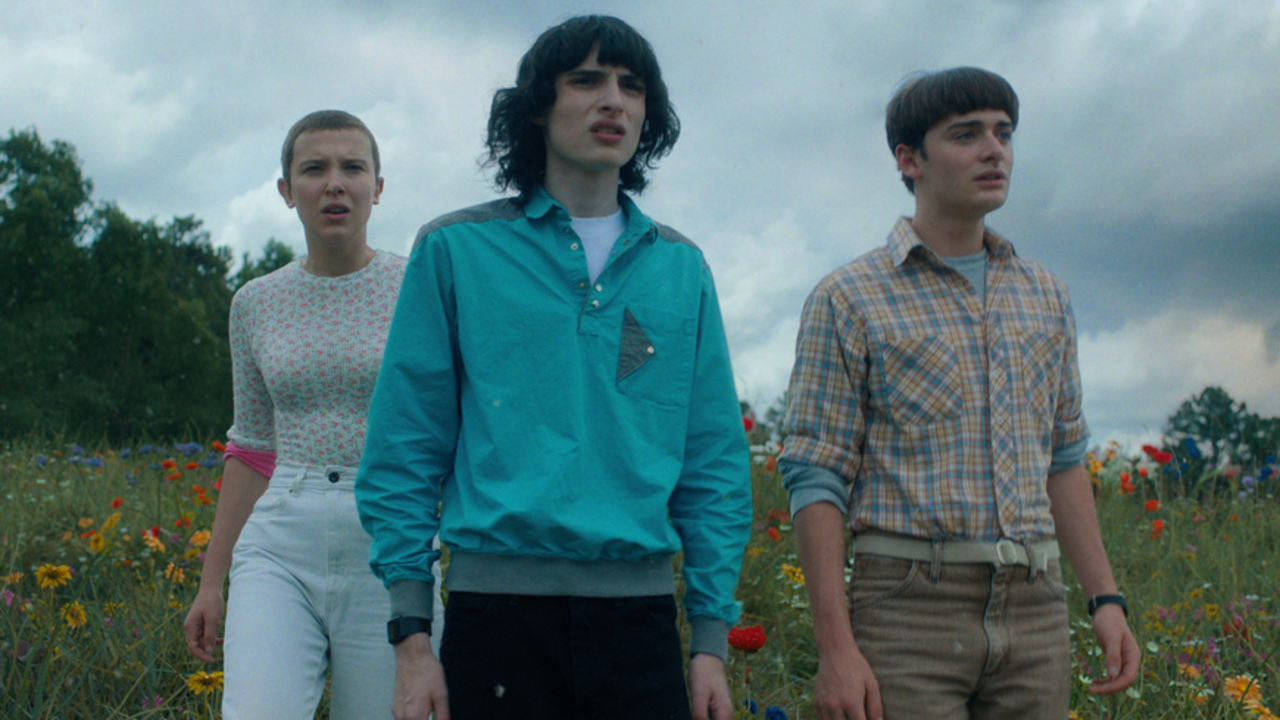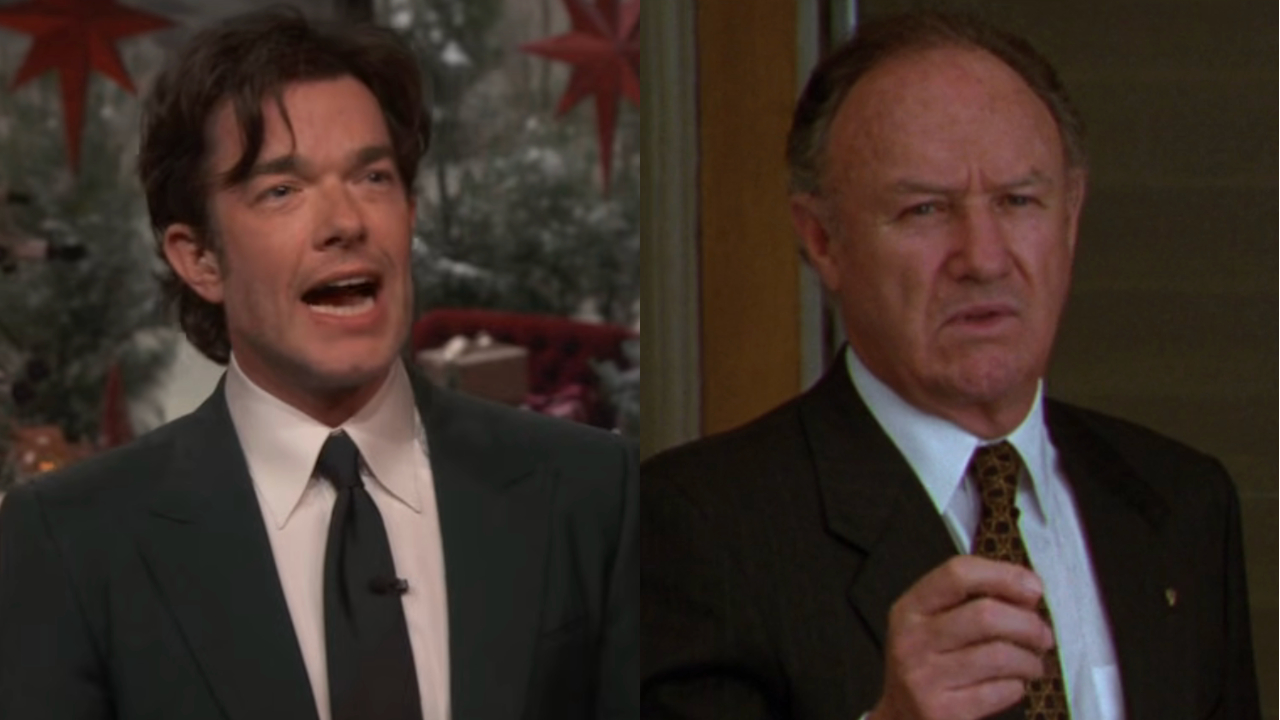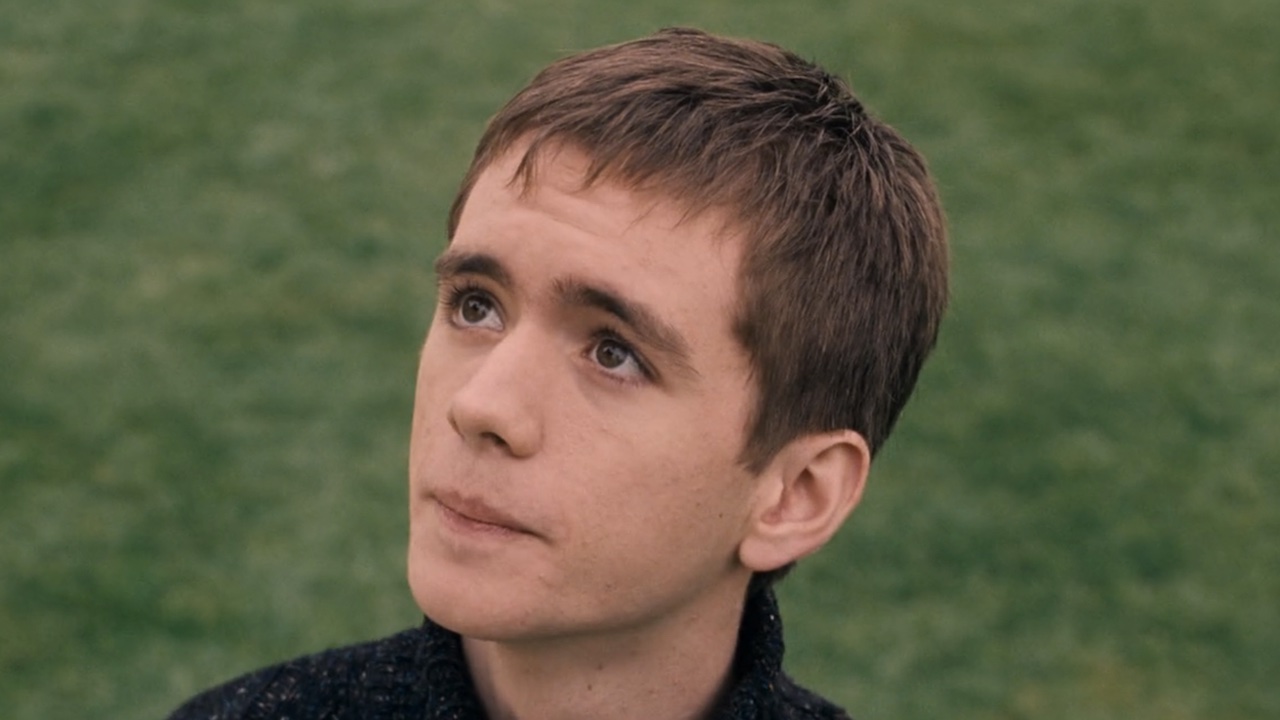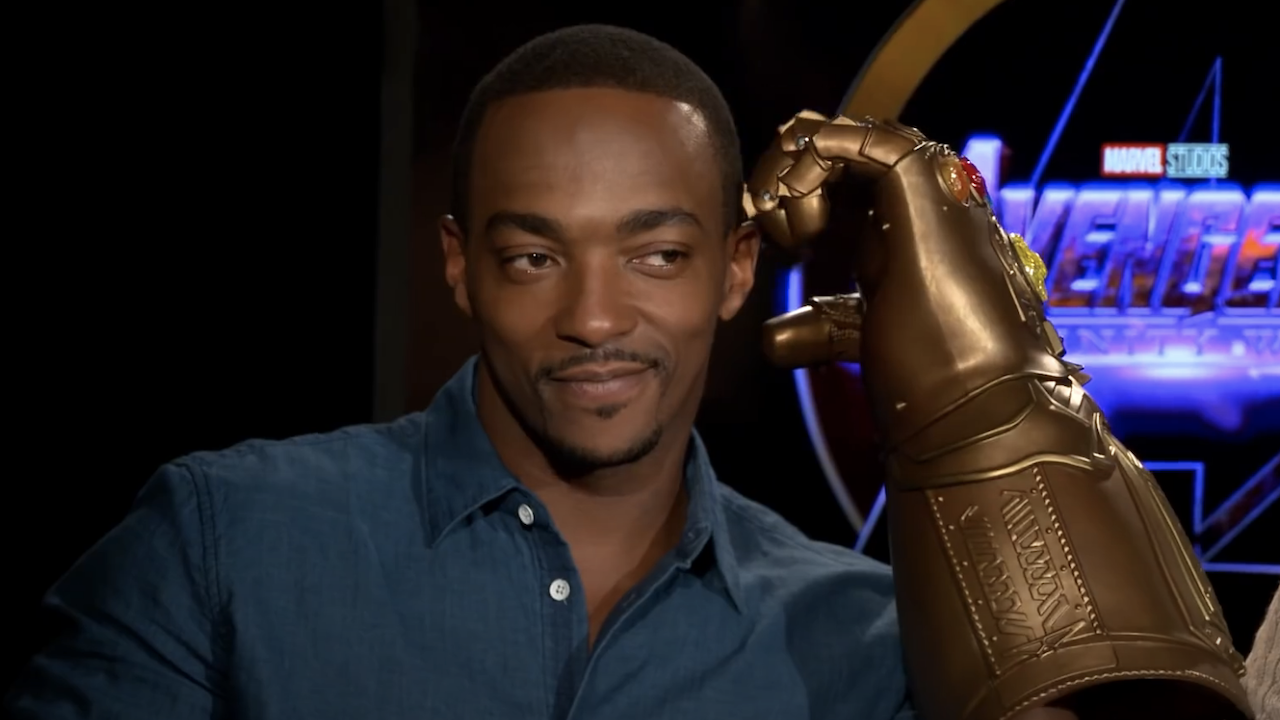The Major Comic-Book Movie Problem That Spider-Man Somehow Avoided
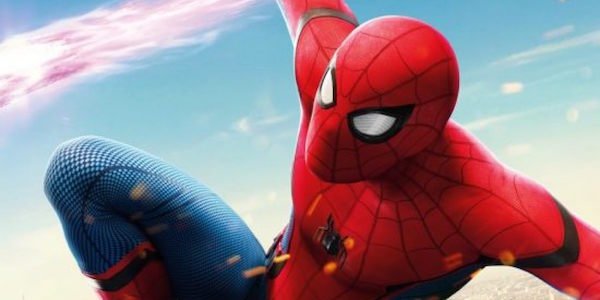
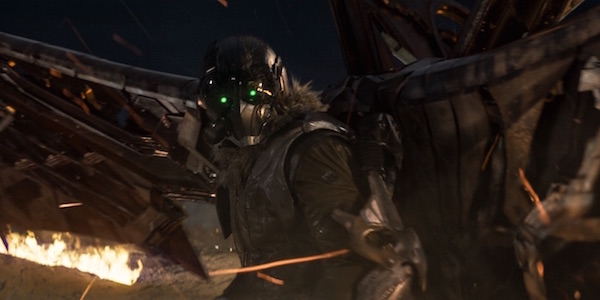
Warning: SPOILERS for Spider-Man: Homecoming are ahead!
Marvel Studios has done an excellent job with adapting most of its heroes for the big screen, but its villains haven't been so lucky. While there have been some standouts over the years, like Loki and Zemo, the majority of the MCU's evildoers have come across as generic; not necessarily horrible, but also not particularly unique. Fortunately, Spider-Man: Homecoming avoided this curse with Michael Keaton's portrayal of The Vulture, but there was another way that the Wall-Crawler's first MCU movie shone in the villain category. Like Spider-Man 3 and The Amazing Spider-Man 2, Spider-Man: Homecoming was packed with antagonists from the comics, but unlike those other movies, this time the story didn't feel overcrowded or bloated because of their presence. Why is that? Because Homecoming didn't try to make its antagonists all equally important.
In total, there were six villains from the Spider-Man comics who appeared in Spider-Man: Homecoming. As its main antagonist, Vulture understandably got the most screen time and character development, and the result was him being of the MCU's best villain in years. Herman Schultz, a.k.a. Shocker, and Phineas Mason, a.k.a. The Tinkerer, followed up as the secondary antagonists. Jackson Brice was also a member of The Vulture's crew before he was unceremoniously killed off, and in the comics, he's better known as Montana, one of The Enforcers. Mac Gargan popped up, although the closest nod to his Scorpion guise was a tattoo. Finally, although Aaron Davis didn't give Spidey any trouble in the movie, we can't discount that in the Ultimate universe, he was The Prowler.
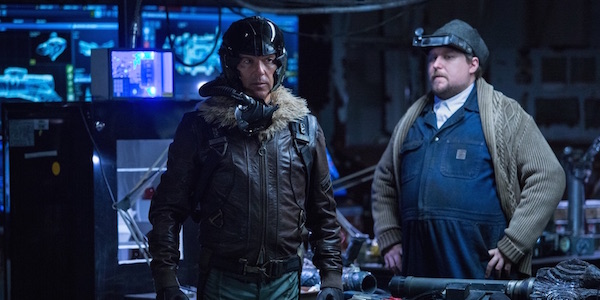
All these people fit seamlessly into Spider-Man: Homecoming, and because most of them were minions or associates of The Vulture, there wasn't any issue with them overshadowing the intimidating, winged crime boss. That's the key here: in a movie stacked with villains, not all of them can share the spotlight, so it's better to place most of the focus on one bad guy and use others to support that person.
Spider-Man 3 fell into the equality trap with Sandman, Venom and New Goblin. Obviously this trio didn't each get the same amount of screen time, but they were all presented as main antagonists in different ways. That's the reason why Harry Osborn's quest for revenge against Peter Parker was underwhelming and why Eddie Brock didn't become Venom until well past the halfway point even though the symbiote-powered baddie is popular enough to be the sole antagonist in a Spider-Man movie: split attention equals diminished potential.
This is the same problem that plagued The Amazing Spider-Man 2, and that's not factoring in the wasted cameos/minor appearances from Norman Osborn, Alastair Smythe (Spider-Slayer) and Felicia Hardy (Black Cat). Even ignoring Aleksei Sytsevich's rampage at the beginning of the movie and his short tenure as Rhino at the end, Electro and Harry Osborn/Green Goblin were still fighting for the spotlight. It's easier for comic books, TV shows and video games to give super villains a lot of attention at the same time because they're being used in stretched-out stories, but within a two-hour time frame, a filmmaker can only do so much.
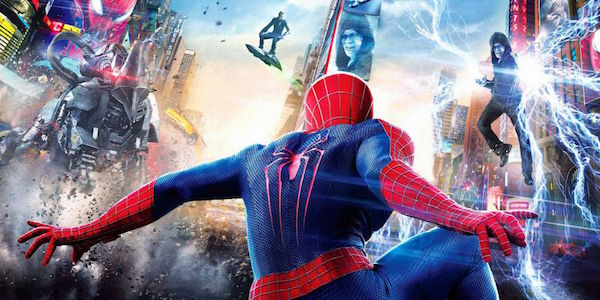
The easiest solution to this particular problem has usually been to only feature one or two villains in a superhero movie, but Spider-Man: Homecoming went in a different direction by utilizing a criminal network, and it paid off. And this isn't the only time this hierarchy approach has been used. Look at the first X-Men movie. Magneto was the main antagonist, and his Brotherhood (Mystique, Sabretooth and Toad) supported him. That's not to say that all future Spider-Man movies should use this formula. With Vulture's gang dismantled, it might be for the best if Spider-Man: Homecoming 2 go back to a more traditional approach and use only a couple villains to drive the narrative. And let's not forget that if Mac Gargan's comment to Adrian Toomes in the Homecoming mid-credits scene does indeed set up the Sinister Six, then this series is going to have to worry about making six villains shine equally. But that's a problem for another time. In any case, there's a lot to appreciate about Spider-Man: Homecoming, and thankfully, we can count its villain treatment as one of the highlights.
CINEMABLEND NEWSLETTER
Your Daily Blend of Entertainment News
Stay tuned to CinemaBlend for updates on who Spider-Man will be battling in his next solo adventure (i.e. post-Avengers: Infinity War and Avengers 4), whether it's an armored Scorpion or someone we haven't met yet. You can also read our Spider-Man: Homecoming review.
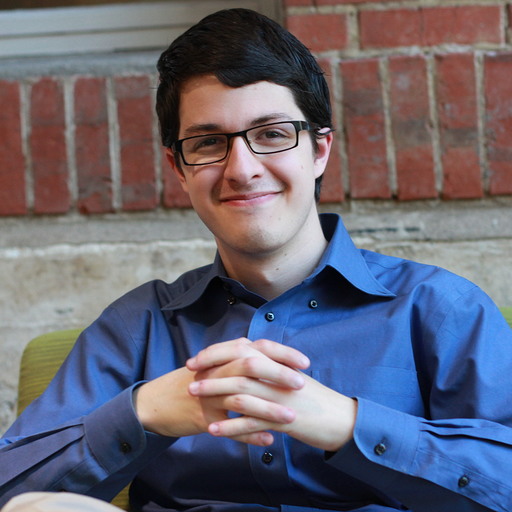
Connoisseur of Marvel, DC, Star Wars, John Wick, MonsterVerse and Doctor Who lore, Adam is a Senior Content Producer at CinemaBlend. He started working for the site back in late 2014 writing exclusively comic book movie and TV-related articles, and along with branching out into other genres, he also made the jump to editing. Along with his writing and editing duties, as well as interviewing creative talent from time to time, he also oversees the assignment of movie-related features. He graduated from the University of Oregon with a degree in Journalism, and he’s been sourced numerous times on Wikipedia. He's aware he looks like Harry Potter and Clark Kent.
